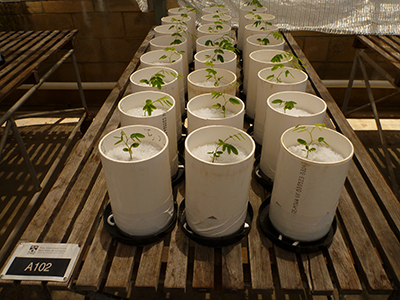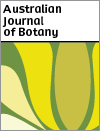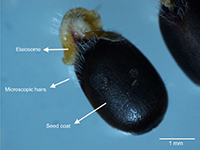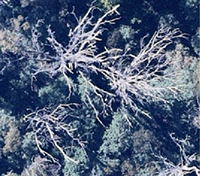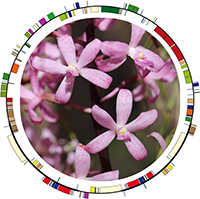Australian Journal of Botany
Volume 71
Number 6 2023
Non-native invasive plants have a range of impacts on native species, communities and ecosystems, and there is evidence that soil nutrient availability affects the likelihood of plant species invasions. A glasshouse study of seedlings of a non-native tree (Tipuana tipu) showed that soil phosphorus availability had a significant effect on plant growth, with plants grown in conditions similar to those in south-western Australia unable to survive and establish. This infers that soil nutrient availability may be a limiting factor for species invasions.
Polygala myrtifolia has become a significant environmental weed in Australia, where it has invaded coastal ecosystems in temperate regions. This study assessed the effects of selected environmental factors on its seed germination, which was optimal for untreated seeds under a 25°C–15°C temperature range, regardless of light conditions. Germination was inhibited under increasing salinity, moisture stress and burial depth. To prevent further spread, P. myrtifolia infestations should be actively managed by preventing seed dispersal and controlling emerging seedlings.
Changes in standing and fallen dead trees between 2011 and 2021 were measured over a study area near Hobart, Tasmania which ranged from lowland dry forest to subalpine forest. Both standing and fallen dead trees increased in this period of increasing drought and wind stress. Elevation, February temperature, fire history, aspect class, several vegetation types and several soil types influenced at least one of our mortality variables. It may be possible to mitigate drought effects by understorey burning.
Some plant species rely on fungal symbioses for energy, rather than the sun; such plants typically follow a general pattern of gene loss as they transition away from being photosynthetic. We found that an Australian orchid species typically regarded as being fully reliant on the fungal symbiont, retains the genes required for photosynthesis. This species may be able to utilise both energy sources, or may rather be only in the early stages of transitioning to fungal reliance.
